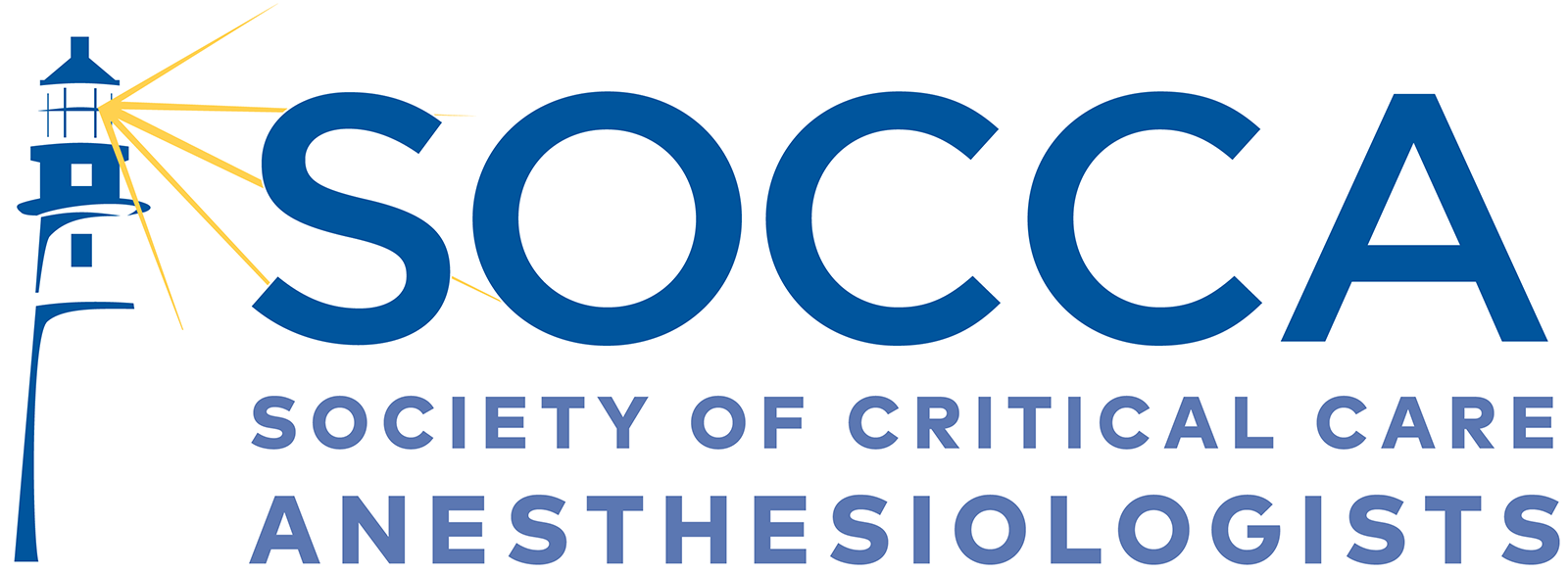Pro and Con: Vitamin C and Sepsis – Proby Nicholas C. Zimick, MD, MS
“Part of this complete breakfast.” This is the closing line of nearly every breakfast food commercial since at least the mid-1980s. The final scene universally depicts two mainstays: the product, and a cup of orange juice. In popular culture, citrus fruits are crucial to balanced nutrition and provide essential vitamin C. Colloquially, this nutrient is well known to stave off scurvy; but, medically, it has far more powerful potential as a tool to combat the sequelae of infection. The term sepsis comes from the Greek word sipsi, meaning ‘to make rotten.’ Putrefaction of tissue leads to rampant infections that ravage our patients, leaving them debilitated, disabled, or worse, dead. As cells die, connective tissue disintegrates. The decay process snowballs until multiple organ systems have failed and the condition is unsurvivable. Enter ascorbic acid. Research over the last 20 years has revived vitamin C as a pivotal adjunct in the treatment of sepsis with promising results. Therefore, critical care physicians should administer vitamin C to septic patients because it is safe, it arrests progression to multi-system organ failure, and it saves lives. Vitamin C is safe. Naturally occurring and consumed for centuries, vitamin C is ubiquitous and without significant adverse effects when given intravenously.1 Moreover, the commonly held misconception about a pro-oxidative effect has been debunked.2 In higher doses than those used clinically, there is a theoretical risk of metabolizing vitamin C into oxalate, thereby running the risk of forming calcium-oxalate nephrolithiasis. However, this only holds true if 1) thiamine cannot prevent the formation of oxalic acid, 2) There exists severe renal impairment, and 3) continuous renal replacement therapy (CRRT) is not utilized, as dialysis clears vitamin C extremely effectively.3 Since ICU patients are presumably well monitored and started on CRRT when indicated, Vitamin C can be administered safely, even to the most vulnerable patients. Research suggests that vitamin C arrests progression to multi-system organ failure (MSOF). Sepsis 3 defined sepsis as “life-threatening organ dysfunction” caused by a “dysregulated host response to infection,” with septic shock being: a requirement for vasopressors to achieve a mean arterial pressure of 65mmHg, or a lactatemia above 2mmol/L without hypovolemia.4 As illustrated by the SOFA score, sepsis progresses through sequential organ system failure with an incremental increase in mortality associated with each increase in SOFA value. Vitamin C works as an antibiotic and an anti-inflammatory to prevent apoptosis, decrease membrane and endothelial permeability, and ultimately halt the damage caused by sepsis.5 Burn patients who received vitamin C required less IV fluid administration and had improved tissue edema—direct evidence of endothelial repair.6 Vitamin C has been shown to decrease pro-calcitonin levels, SOFA score, and progression to MSOF.7 Furthermore, vitamin C restores host function by improving microcirculatory blood flow, sensitizing cellular response to steroids,8 and participating in the synthesis of adrenergic molecules, such as dopamine, norepinephrine, and epinephrine.9 Septic patients are also notoriously vasopressin depleted,10 and vitamin C acts as a critical co-factor for the manufacture of vasopressin. These effects decrease exogenous vasopressor requirements and improve circulatory stability.11 Vitamin C saves lives. In 2009, Wilson correlated vitamin C deficiency with multiorgan failure and death.12 Over the last three years, vitamin C has repeatedly been shown to improve patient outcomes. Zabet and Marik demonstrated decreased mortality with vitamin C supplementation in sepsis.7,11 Septic patients who received IV vitamin C were less likely to die, both when compared to initial APACHE II risk of death, and when compared to controls. These and other studies have also shown shorter mechanical ventilation times,6 decreased vasopressor doses,7,11 and a lower rate of requiring renal replacement therapy.7 Although the Marik study combined vitamin C with hydrocortisone,7 the recent ADRENAL study would seem to support a greater treatment effect with vitamin C than steroids, as this RCT failed to show that steroids improve mortality in sepsis.13 Septic patients are uniquely suited for vitamin C therapy for three reasons. Firstly, they are vulnerable to complications, so low-risk interventions without added side effects are ideal. Secondly, they suffer from metabolic disarray. Sepsis is characterized by a dysregulated host response to infection, and septic patients have abnormal levels of vasopressin, pro-calcitonin and vitamin C; restoring homeostasis and repleting deficiencies will favor an adaptive host response. Lastly, they are tenuous. Septic patients are at risk of rapid deterioration, thereby requiring acute, intensive care with the most logical, targeted therapies to rapidly decrease their SOFA score, halt multi-system organ failure and save lives. In conclusion, providing the best medical care that tackles disease at biomolecular, cellular, and macroscopic levels requires we take risks and improve practice. Administering IV vitamin C in sepsis is a low-risk, high-reward protocol for success, which may soon become standard of care. Orange juice isn’t just for breakfast anymore. References
Author |

